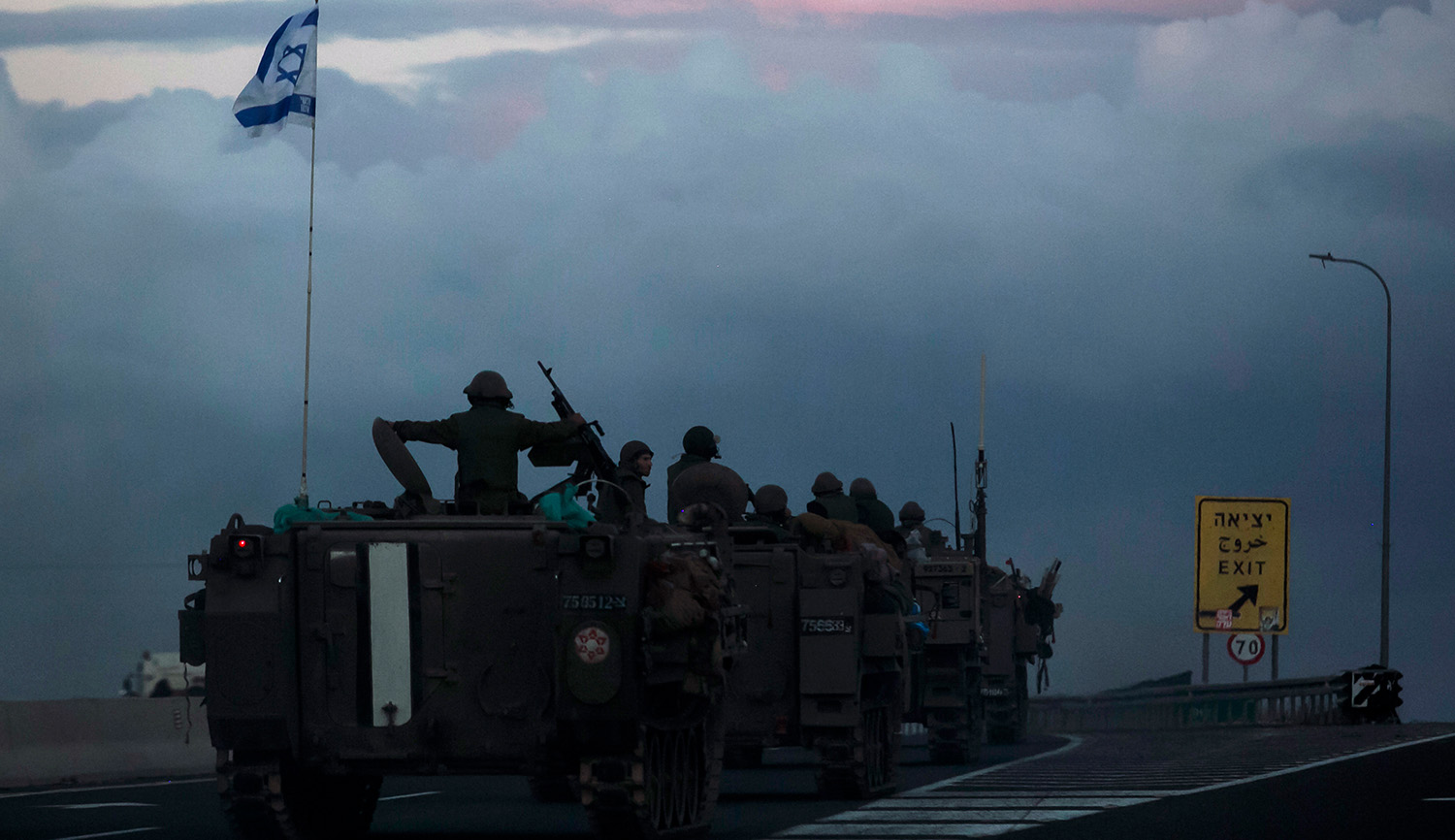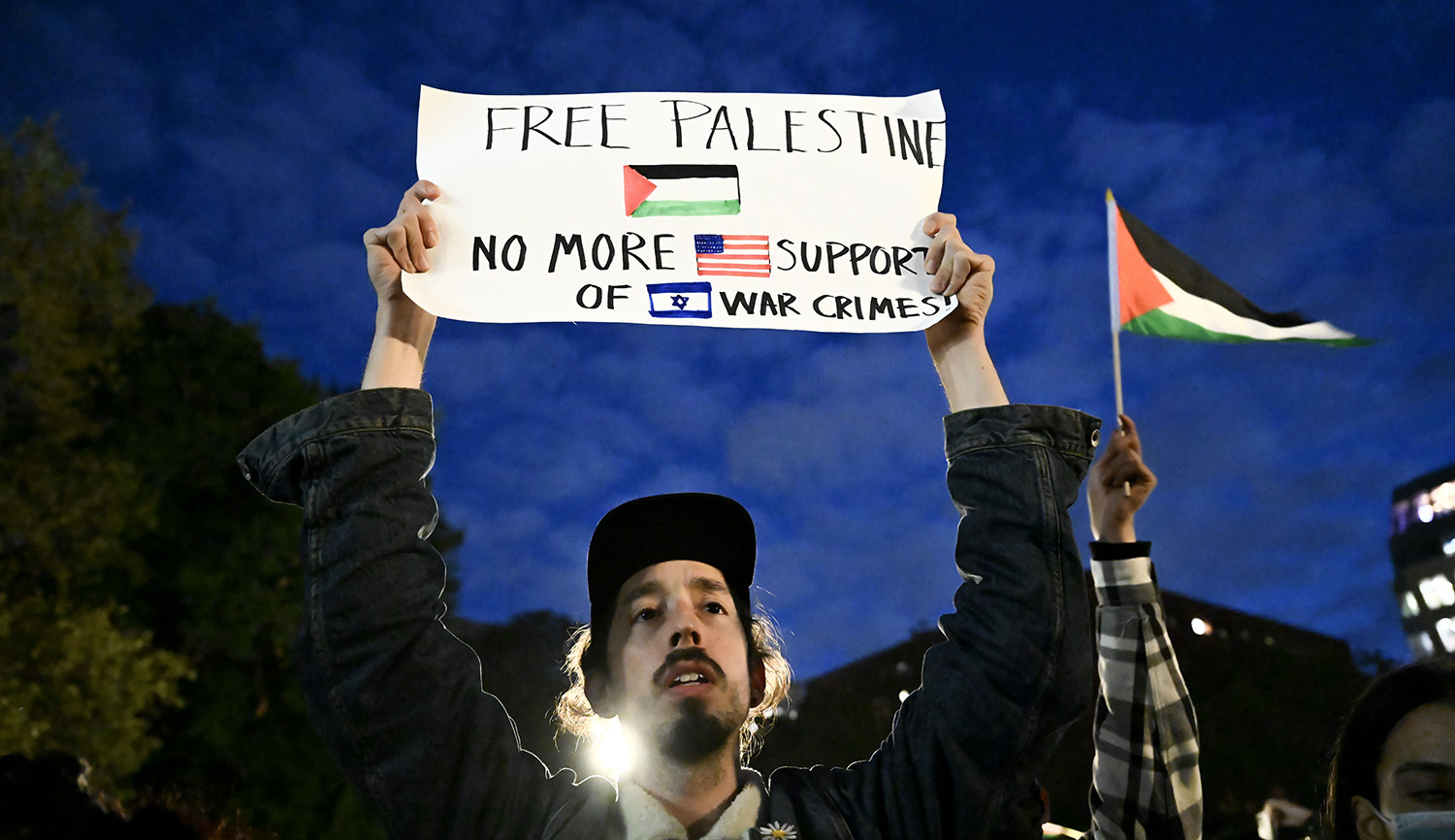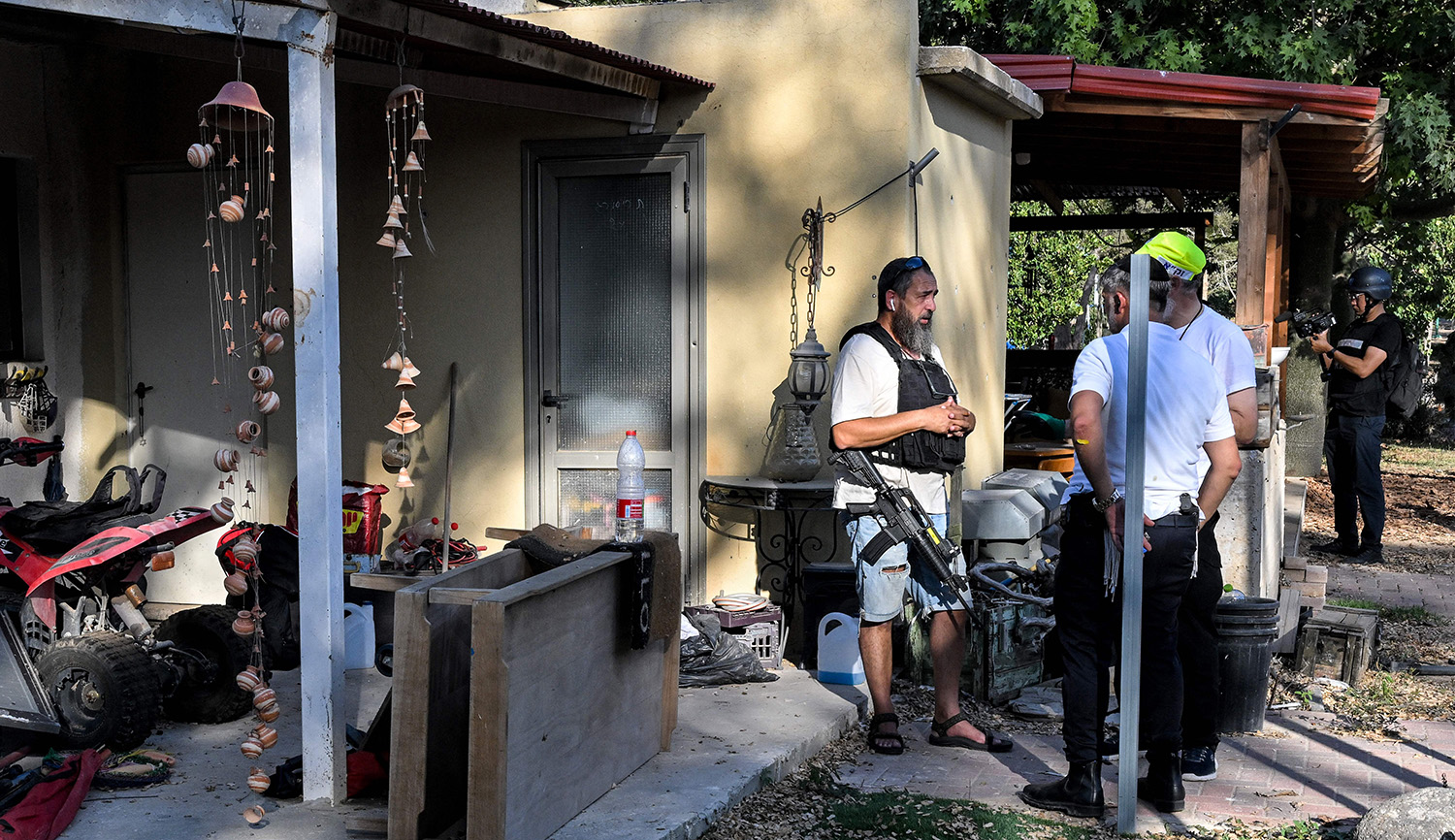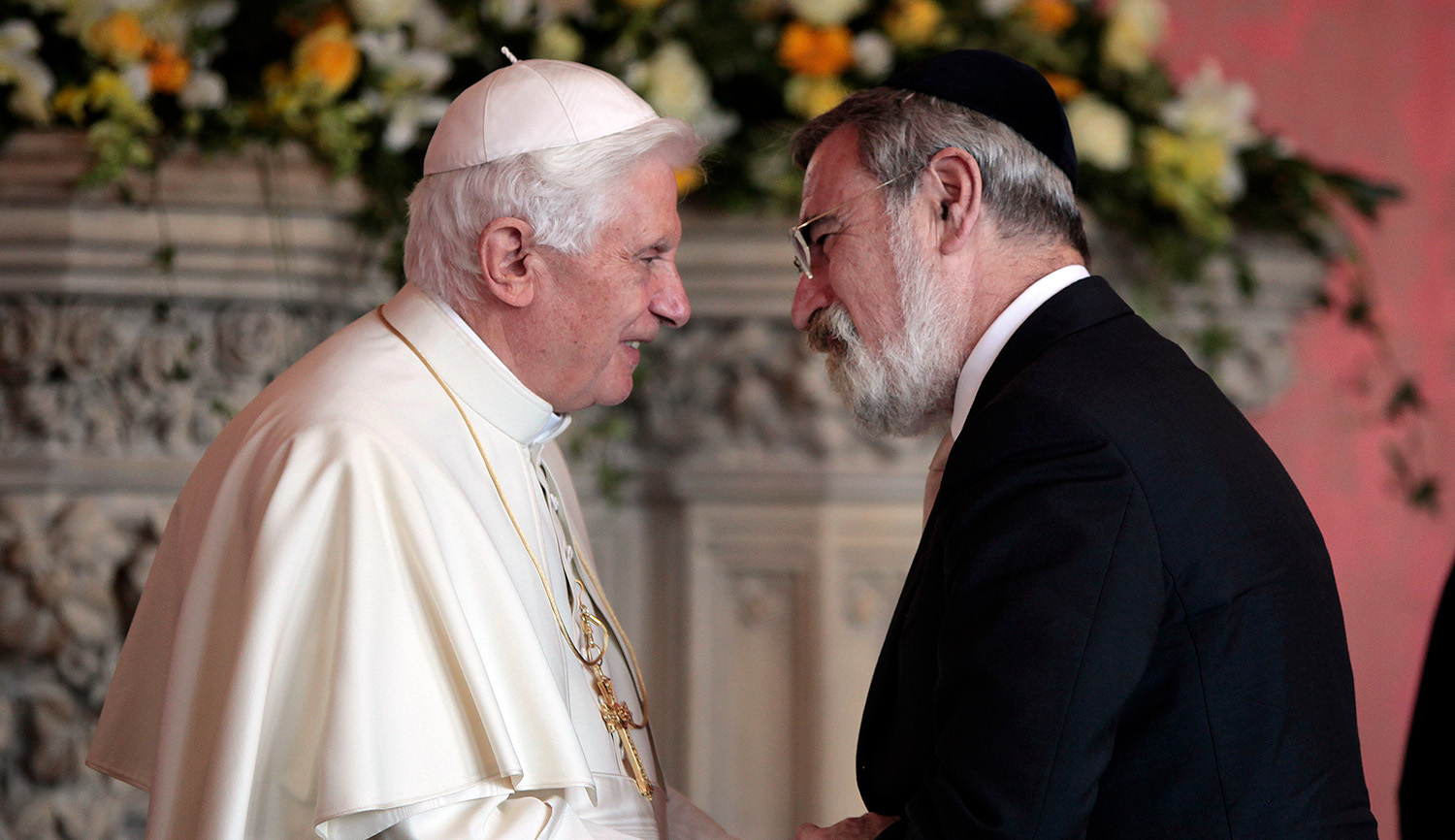As videos and photographs of civilians slaughtered at dance raves and homesteads spread across the internet, shocked observers asked what purpose such savagery might serve. Pundit Noah Smith’s shocked reaction illustrates the type: “They just . . . slaughtered a music festival. Did slaughtering a music festival help the cause of Palestinian liberation?”
There is a temptation to explain away heinous violence as a product of irrational emotions or beliefs. Hamas terrorists, under this schema, murder Israeli children and partygoers under the influence of unquenchable ethnic hatreds, fanatical religious doctrines, or simply a perverse taste for cruelty itself. All of that may be true. There is, however, an alternate reason for why Hamas’s leadership might believe that the massacre of Israeli innocents will ultimately further the political aims of their movement. Let us call this the logic of the extremist’s gambit.
The extremist’s gambit is not unique to Salafi-jihadist terrorist groups. Examples of this strategy can be found across the span of human history. It is the recourse of any radical minority that fears that time is not on its side. Those who fervently believe that to wait is to decline or that to compromise is to die are primed for desperate action. The extremist’s gambit is a set of tactics designed to force a fearful or apathetic majority to see things the way the extremist does. This strategy is agnostic towards the ultimate aims of the radical group in question. It describes both the political campaigns waged by the revolutionaries who founded the United States and the confederates who tried to dissolve it. The extremist’s gambit does not even necessarily require violence: both butchers like Mao and Lenin and pacifists like Gandhi and Martin Luther King adopted their own versions of this strategy.
To understand the strategic logic at play, imagine any two populations of human beings divided on a question of consequence. In this model, the various policy responses to the controversy might be ranked on a 100-point scale, with the most extreme responses possible occupying points 0 and 100. (To illustrate with a historical case study: armed pro-slavery secession from the United States might be at position 0; fostering slave revolts in the style of John Brown would fall somewhere near 100). There will always be motivated individuals who crowd towards the extremes, but only rarely do we find a majority there: most people simply want to live with as little political drama crowding in upon their lives as possible. This poses a terrible problem for the extremist. He knows that the man with views on the 45-mark will never gladly adopt the 10- or 15-mark solutions the radical is hawking. It does not really matter if this moderation is based in fear, greed, apathy, or genuine moral principle. What matters is that this willingness to tolerate the status quo places the moderate closer to the moderates of the other side than to the radicals of his own.
The world of the extremist is filled with such men—ostensible allies altogether too ready to equivocate, procrastinate, negotiate, or defer decision off to some later date. If the radical believes his position is eroding none of these are tenable solutions. To reverse the long slide of defeat things must change. The extremist must find some way to radicalize those otherwise inclined towards compromise.
But how to do this? In terms of our model, the extremist must find a way to change the politics of the situation from a 0-100 sliding scale into a binary choice between 0 and 1. In other words: Where thoughtful men once queried “what is your preferred policy outcome given the means at our disposal?” they now must demand “whose side are you on?” That political environment gives the extremist far greater room for maneuver.
To cause this realignment the extremist must take an ax to established norms. He throws tea into the harbor, walks out of the convention floor, refuses to leave a lunch counter, assassinates the minister, or detonates a bomb at a sacred mosque. The specific action varies with historical context, but the intent of the actors is always the same. Each attempts to provoke a crisis so general that the uncommitted and irresolute have no choice but to pick a side. The easiest way to remove middle ground is to savage the conventions that normally govern two parties in dispute. If the gambit has succeeded, the extremist’s actions will force both friend and enemy to act as he believes friend and enemy ought.
While it is certainly possible to provoke crisis through non-violent means, acts of terrorism are especially effective at sharpening distinctions between us and them. One propogandist for Islamic State laid out this argument explicitly in an apologia for terrorist attacks targeting innocent civilians in France. With each attack, he wrote, “the Muslims in the West will quickly find themselves between one of two choices.” Either they “apostatize and adopt the kufrī [infidel] religion propagated by Bush, Obama, Blair, Cameron, Sarkozy, and Hollande . . . or they perform hijrah [emigration] to Islamic State and thereby escape persecution from the crusader governments and citizens.” In time, he continued, “the grayzone will become extinct and there will be no place for grayish calls and movements. There will only be the camp of īmān [faith] versus the camp of kufr.”
For men like these, heinousness is the point. Death and atrocity shocks those inclined to compromise out of their complacency. The terrorist understands that life and death are the ultimate binary. When a political dispute has been reduced to “kill or be killed,” the extremist has attained his aim.
Here extremists reliably benefit from the reactions of their adversaries. The extremist’s gambit is often an attempt to maneuver an enemy host into cracking down or lashing out. Thus generations of dissidents dared unjust regimes to jail them; thus secessionists grimly manned their battlements, welcoming the first blast of the Union cannonade. The clever enemy subverts this strategy by not rising to provocation at all—or finds some way to quietly strangle it off stage. But there is no quiet response to the massacre of hundreds of civilians. To launch such an attack is to assure a general crisis.
Does this model explain the actions of Hamas? There are reasons to think it might. Three weeks ago Hamas was an organization whose faltering popularity was challenged both by other Palestinian political authorities and competing terrorist outfits. Traditional allies had cut their funding for Hamas; regional powerbrokers were normalizing relations with the Israeli state. Most damningly of all, despite all of its time in power the average Gazan was no freer nor more secure with Hamas than they were without it. The Palestinian position had only deteriorated over the last decade. There was no reason to think it would not deteriorate further still. Time was not on Hamas’s side. A desperate gamble—an extremist’s gambit—was in order.
Like all gambits, the success of this strategy is not assured. The crisis might not spiral: both cowardice and commercial ties might keep potential allies from joining the fray. If the violation that provoked the crisis is especially heinous, moderates may be repelled by, instead of attracted to, the new crusade. The enemy might not cooperate. Their response might be too crafty, or too tepid, to provoke a general realignment. But most often the gambit falls victim to its own success. A successful gambit galvanizes public opinion on both sides. The apathetic, the fearful, and the moderate are also found in the enemy camp—until the deeds of the extremist make it impossible for any enemy to be moderate, fearful, or apathetic anymore. Fixed on mobilizing his own forces, the radical may not be prepared to face an enemy who has fully mobilized their own. So ends many an extremist, smashed by the very forces he strove so long to summon.
More about: Gaza, Gaza War 2023, Hamas, Israel & Zionism, Israeli-Palestinian Conflict, Politics & Current Affairs
















